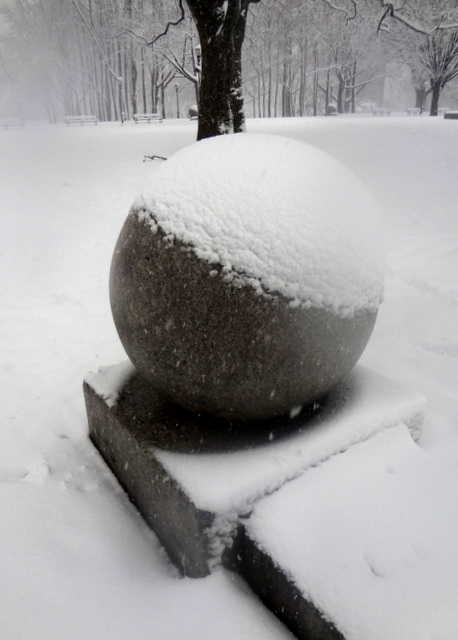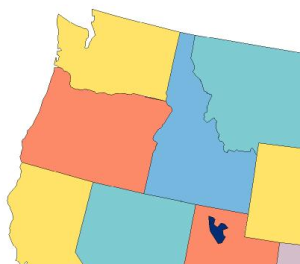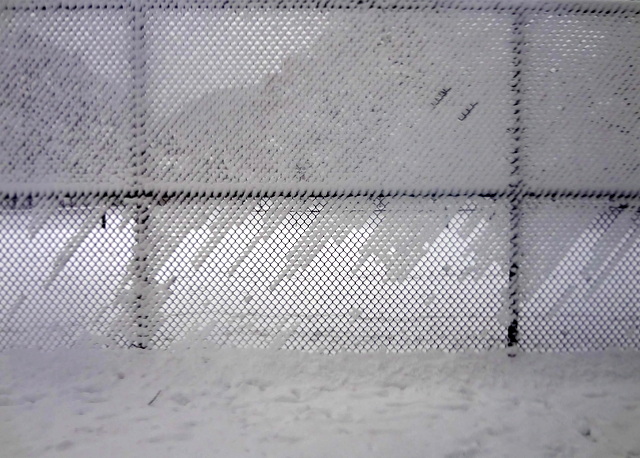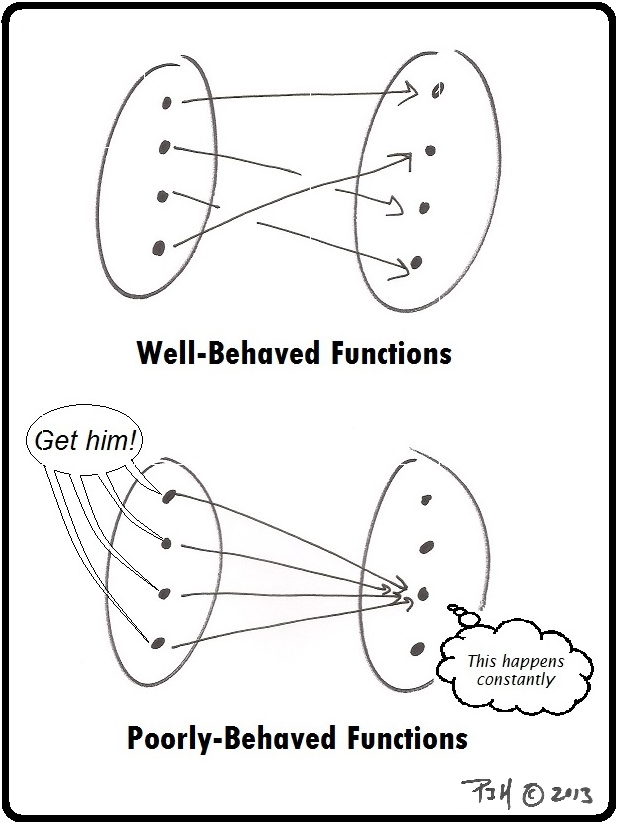Here is another installment in my series reviewing the NY State Regents exams in mathematics.
The January, 2014 Geometry exam included something I had not seen on a Regents exam: a fill-in-the-blank proof.
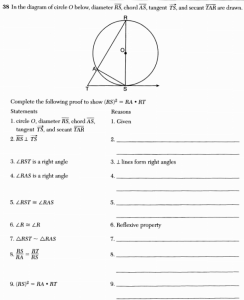
While I see some value in these kinds of problems in the teaching of two-column proofs, they shouldn’t be used on the final exam for a Geometry course. The goal of teaching proof is for students to develop the skills necessary to construct their own proofs from scratch. This problem reduces “proof” to a series of recall tasks.
So why not just ask the student to construct the proof from scratch? The rubric suggests the answer to that question.
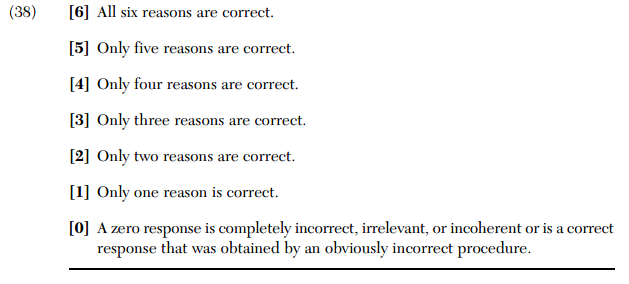
While grading an open-ended proof is hard, checking off a list of six reasons is easy! Or so you would think.
Reports from colleagues who were grading this problem in a distributed grading center were disheartening. In particular, there was a lot of disagreement about what constituted appropriate justification in moving from

to

Apparently, teachers in the room wanted to accept “cross multiplying” as a legitimate reason, but would not accept “multiplication property of equality”. The site supervisor agreed, despite my colleagues’ objections.
Problems like this highlight the tendency to test what is easily tested and graded, not necessarily what’s important. And grading room stories like this should give pause to those who like to believe that these tests represent objective measures of learning or knowledge.
